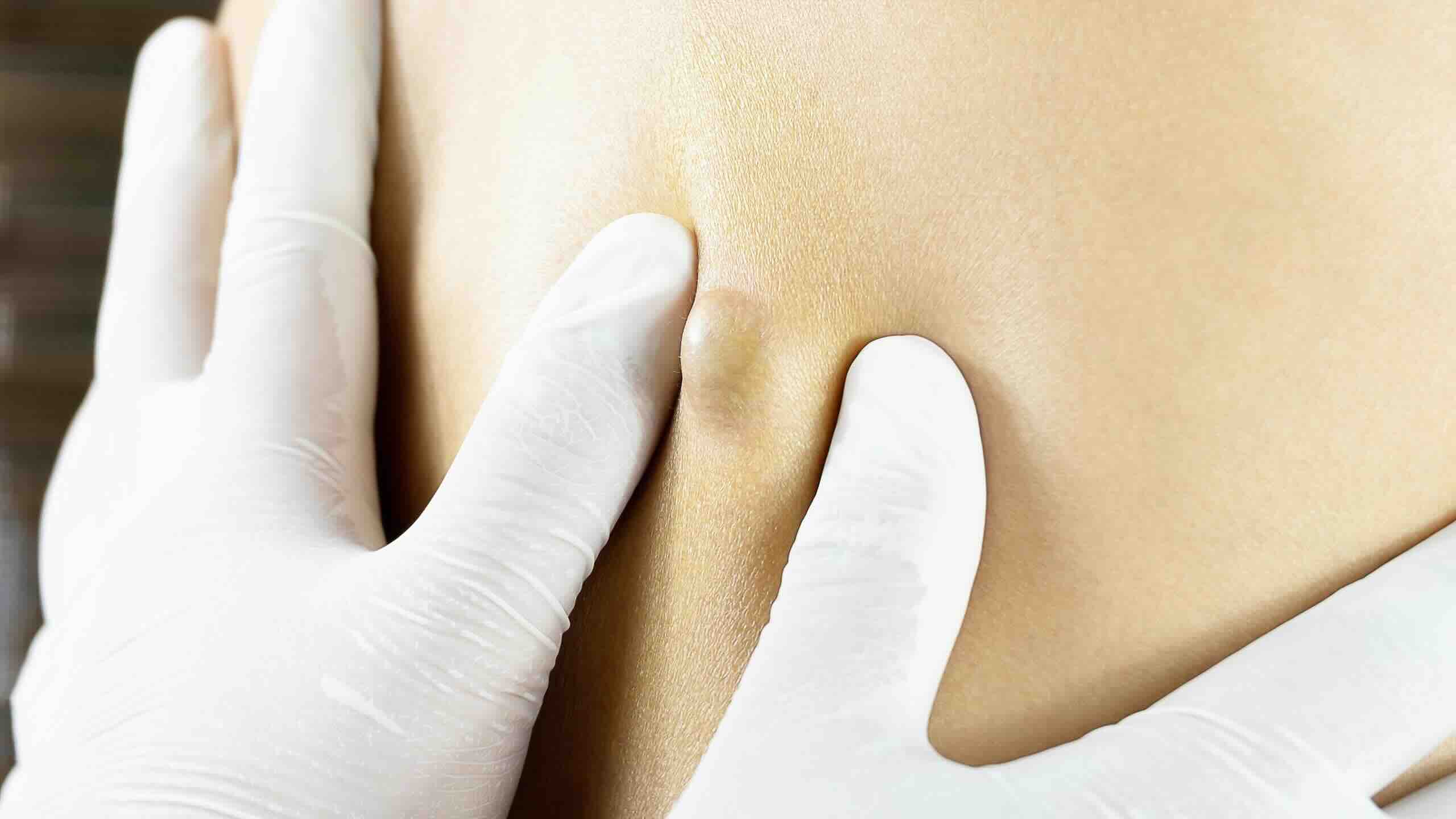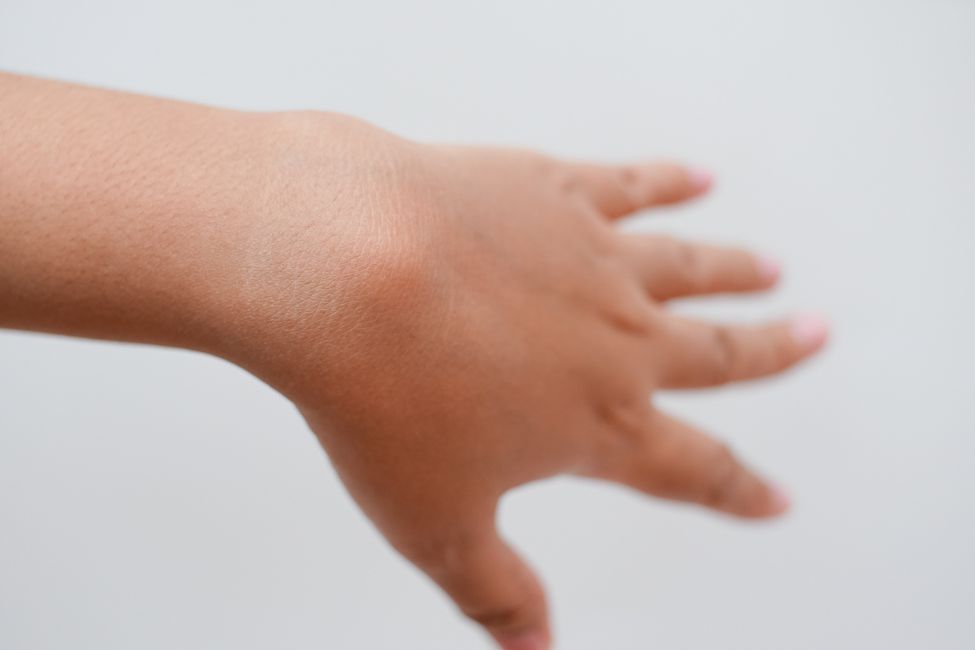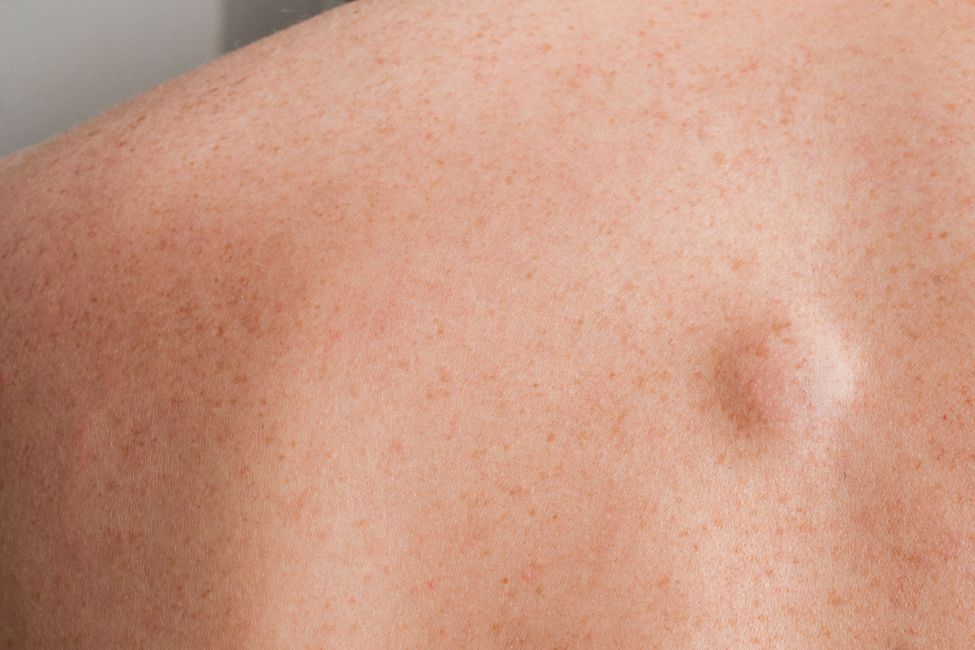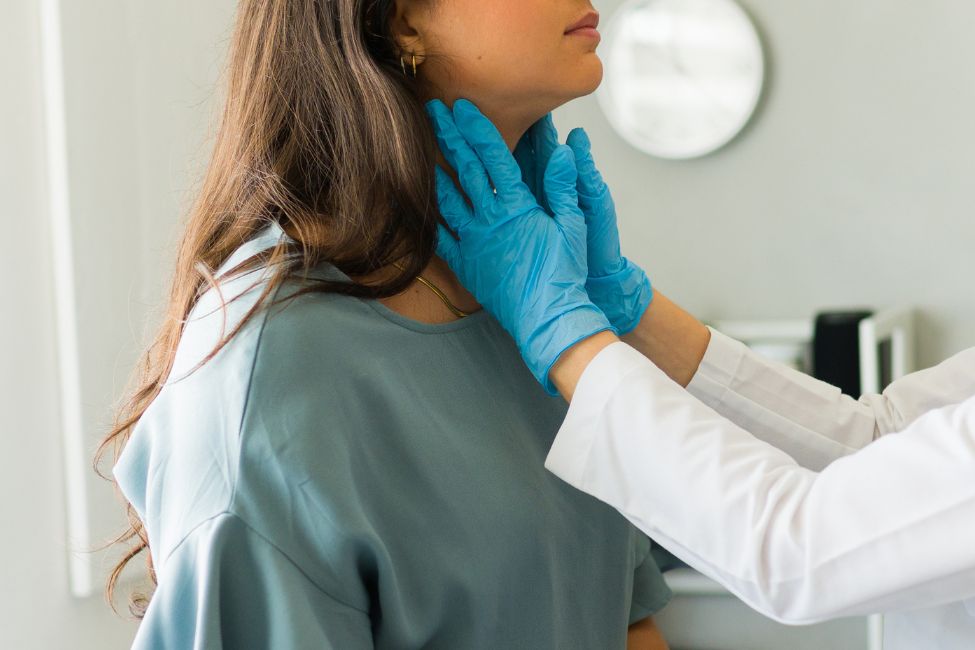Skin Abscesses and Cysts
A cyst is a sac-like pocket of membranous tissue that contains fluid, air, or other substances. A small cyst may appear to look like a blister. Cysts commonly appear as a small bump under your skin, but they can grow almost anywhere in your body or under your skin. They can range in size from microscopic to extremely large. Some cysts even grow deep under the skin where they go undetected.
A cyst can be caused by a variety of things including genetic conditions, a defect in cells, chronic inflammatory conditions, parasites, an injury that breaks a vessel or blockages of ducts in the body causing a fluid build up. Most cysts are benign, or noncancerous, but if you have concerns about a cyst the best thing to do is visit your doctor for an examination.






